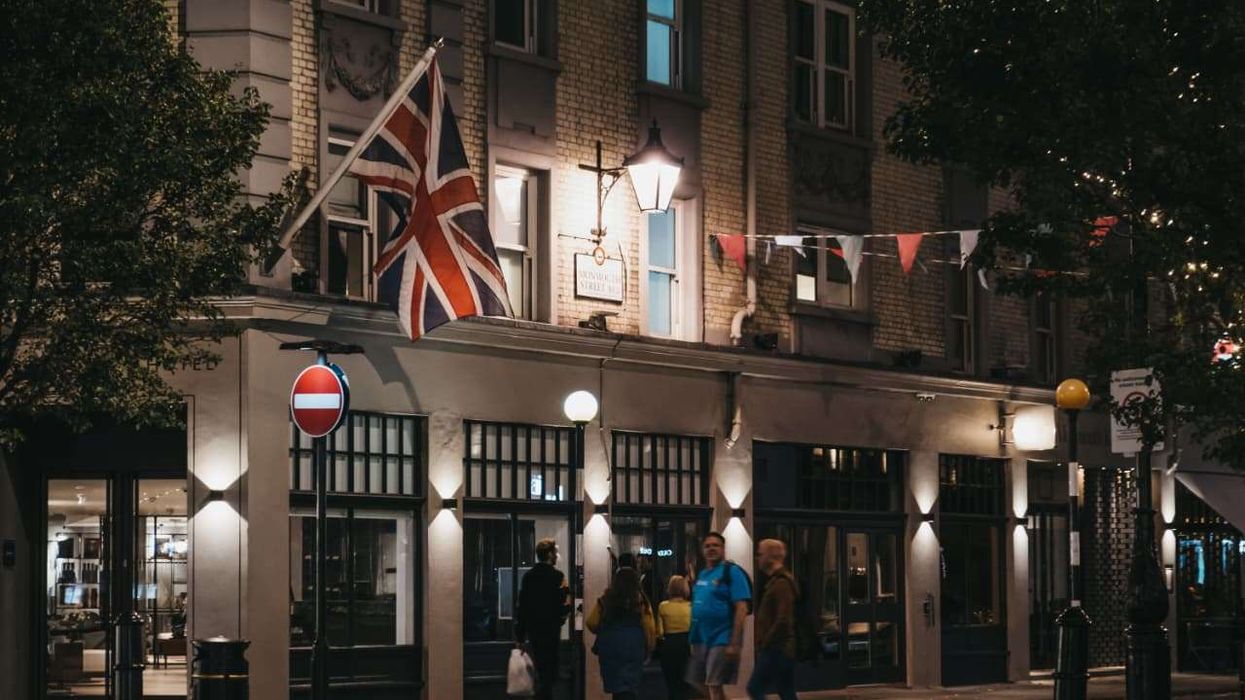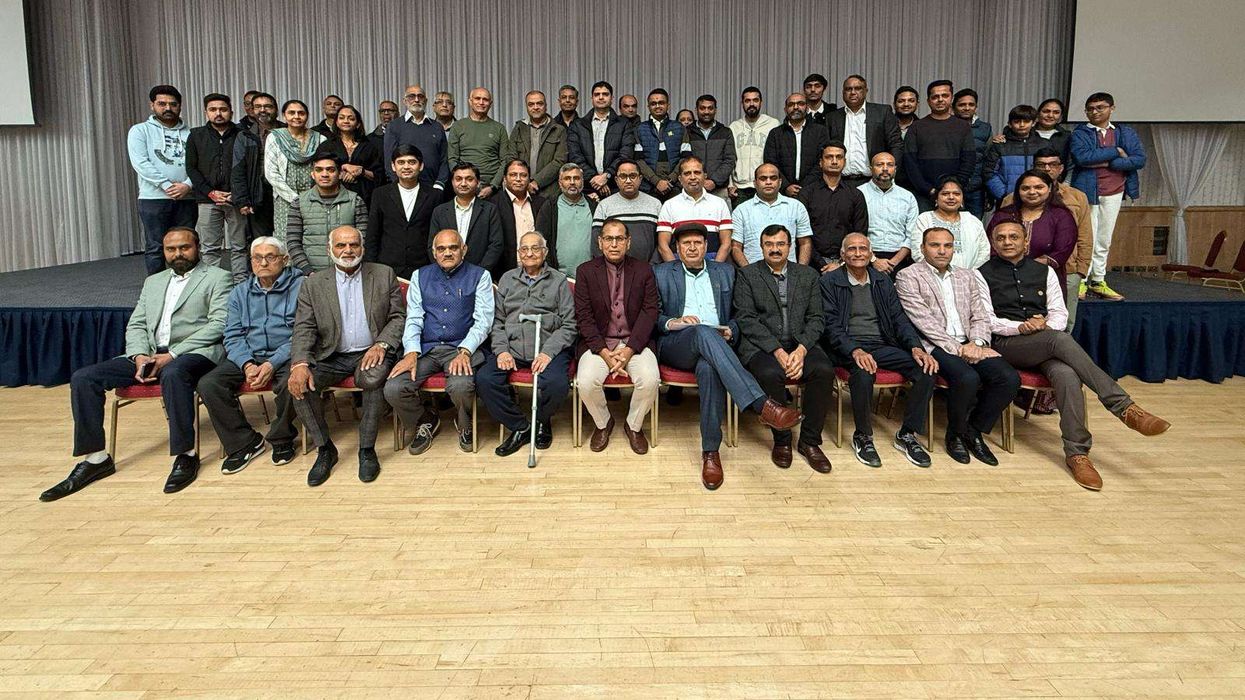by LAUREN CODLING
AN ASIAN MP has referred to the government’s £1.6 billion funding scheme for poorer towns in England as a “sticking plaster”, as critics claimed the money was a bribe before crucial Brexit votes.
The ‘Stronger Town Funds’, announced on Monday (4), will target areas across England which are less well-off. The government intends to allocate £1bn using a needs-based formula.
It was revealed that more than half of the money (£583 million) will go to towns across the north, with a further £322m for communities in the Midlands.
An additional £600m will be available through a bidding process to communities in any other part of the country.
Announcing the plan, prime minister Theresa May said she wanted the economy to work for all people in the UK.
“Communities across the country voted for Brexit as an expression of their desire to see change – that must be a change for the better, with more opportunity and greater control,” she said.
“These towns have a glorious heritage, huge potential and, with the right help, a bright future ahead of them.”
However, some Labour politicians have claimed the funding was being used as a bribe before a decisive Brexit vote next week.
Labour’s Lisa Nandy, who has referred to the money as a “Brexit bribe” said the funds would not change her decision on the prime minister’s deal.
The MP for Wigan said the money was designed to help May ahead of the vote next Wednesday (15), adding that the government did not take the challenges which poorer towns faced seriously.
“I’ve consistently been clear with the government that my vote is not for sale,” Nandy said.
Others felt the funding would not repair the damage that has already been done to local communities.
Preet Gill, MP for Birmingham Edgbaston, said the money would not “heal the deep wounds felt in our communities caused by this Conservative government’s choice to continue ... austerity”.
“While additional funds will always be welcomed, the £212m allocated for the West Midlands over the next seven years in the Stronger Towns Fund is a mere sticking plaster,” the Labour politician told Eastern Eye.
Gill highlighted the £700m taken from Birmingham City council by central government
over the last decade.
“Local authorities up and down the country are struggling to deliver vital public services on a shoestring budget because of the callous cuts to local funds that have been forced on them by central government,” she said.
Faisal Rashid, Labour MP for Warrington South, shared Gill sentiments. Although he welcomed the government’s acknowledgement that more investment is needed in poorer towns, he does not believe the initiative will have a major impact.
The fund would provide £145m a year for the entire north of England, he said, which would equate to less than £10 more funding per person.
Like Birmingham, Warrington borough council has also faced substantial budget cuts of £122m since 2010.
“Warrington is one of the lowest funded of the 91 unitary and metropolitan authorities outside London and is the second lowest funded in the northwest,” he told Eastern Eye on Tuesday (5).
“Clearly, this fund would be a drop in the ocean compared to the impact of government austerity on our community.”
He also claimed the funding was an attempt to “buy Brexit votes”.
The decision to announce this project on the eve of key Brexit votes is clearly no coincidence, he said.
“It is an act of desperation by a prime minister whose political strategy is failing the country,” Rashid said.












